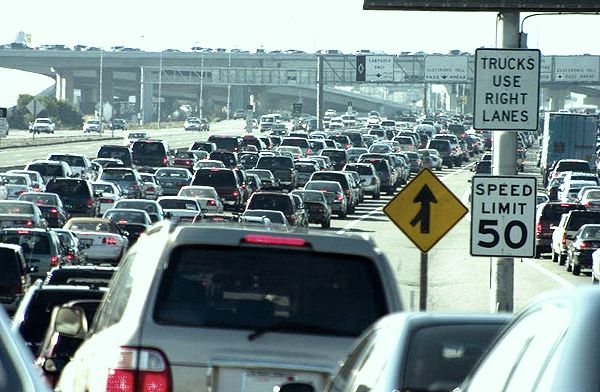Older, often industrial urban areas are being transformed into cool, hip enclaves in scores of cities. Young educated professionals, largely single, childless, and sometimes gay, are moving into these upscale neighborhoods.
Head for the hills!
But the classic American dream of suburban home ownership remains relevant, suggests “uber-geographer” Joel Kotkin in Retrofitting the Dream (2013). More than twice as many Millennials identify the suburbs as their ideal place to reside rather than urban cores. According to a survey by the National Association of Home Builders, 66% of those born since 1977 plan to live in a single-family suburban home. What does this mean, Dorene? More of you are commuting from the burbs.
Looking for a job near home?
Good luck, it’s getting harder.  With the economy returning to normal and NeXters looking to start families, the drift to the suburbs appears to be speeding up. Growth in urban and suburban areas is now roughly equal (see: They went that-a-way). But finding a job near home is getting harder for millions of American workers. A Brookings Institution (2015) report finds the number of jobs within typical commuting range dropped 7 percent between 2000 and 2012 in major U.S. metropolitan areas.
With the economy returning to normal and NeXters looking to start families, the drift to the suburbs appears to be speeding up. Growth in urban and suburban areas is now roughly equal (see: They went that-a-way). But finding a job near home is getting harder for millions of American workers. A Brookings Institution (2015) report finds the number of jobs within typical commuting range dropped 7 percent between 2000 and 2012 in major U.S. metropolitan areas.
Nearly all the growth in commuting traffic can be attributed to the growth in commutes by private vehicle. More than 75% of commuters travel alone by car, Census data show. Between 1980 and 2013, carpooling dropped from 20% of trips to 10%. Women tend to be unhappier about long commutes than men, especially those with children, say researchers.
Next exit: Frustration.
Forty-five minutes used to be the threshold that most commuters were willing to drive one way to work. Not any more. The Census Bureau reports that more than 11 million people, just over 8 percent of workers, commuted an hour or more to work each way in 2012. The biggest headaches are in San Francisco, Washington D.C., and New York City, where drivers spend over 40% of their commute time inching along streets and freeways.
Amazingly, some 600,000 Americans endure a daily mega-commute of three hours or more each day. Super commuters don’t just give their employers a day’s work. They give them their lives.
Keep calm and motor on.
Commuter stress can have serious negative physical and emotional health consequences. Long commutes have been associated with high blood pressure, higher weight, and generally lower fitness levels. And the stress we experience when we drive continues to influence our attitudes afterward at work and at home. Most commutes are predictable and can be productive and even salubrious. Here are a few things you can do:
- Stretch to relieve anxiety and tension. Resolve to switch frustrations off with the ignition.
- Listen to music, motivational audio books, or subscribe to a podcast. Motivational speaker Zig Ziglar says that your car is your “University on Wheels.” Use this opportunity to catch up on news, expand your knowledge, or learn a new language.
- Mentally prepare for the day by getting ready for what’s on your calendar or plan the rest of your day outside the office. Your commute is the perfect time to create a mental to-do list.
- Researchers tell us a person who commutes an hour each way has to make 40% more money to be as satisfied with life as someone who lives near the office. Pick a day to reflect on your goals and make adjustments. Ask yourself, “Is it worth it?”
- Observe the environment and the people in the cars around you; simply being present in the moment can be relaxing. It’s great to be young and alive!
Our national flower is the concrete cloverleaf.
~ Lewis Mumford, American historian
Learn more about this, and other interesting topics, in the Young Person’s Guide to Wisdom, Power, and Life Success.
Image credit: “Rush hour traffic” by Aaron Kohr, licensed from 123rf.com (2015).





















